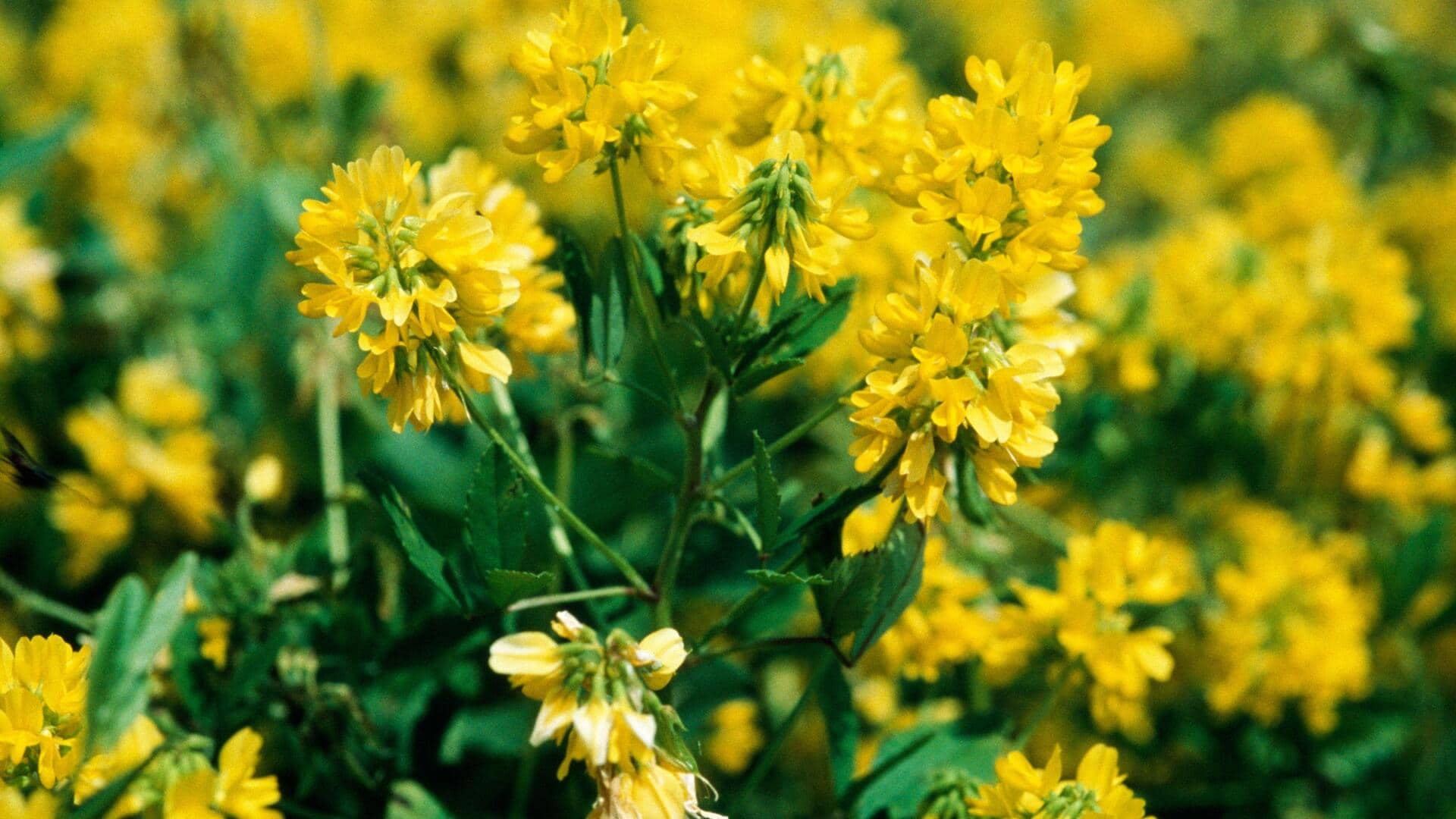
Grow fenugreek at home in 5 simple steps!
What's the story
Growing fenugreek leaves indoors is an easy and rewarding task, giving you fresh greens at your disposal. Fenugreek, a versatile herb, is used in various cuisines and has health benefits. With the right conditions and care, you can have a continuous supply of these aromatic leaves. Here are some practical tips to grow fenugreek indoors successfully.
Tip 1
Choosing the right container
Selecting an appropriate container is essential for growing fenugreek indoors. Choose a pot that is at least six inches deep with drainage holes to prevent waterlogging. A shallow tray can also work well, as fenugreek has a shallow root system. Make sure the container is clean to avoid any contamination of the soil or plants.
Tip 2
Soil and planting essentials
Fenugreek grows best in well-draining soil with a pH level of six to seven. Use a potting mix enriched with organic matter like compost or peat moss for best results. Sow the seeds about half an inch deep and cover them lightly with soil. Water gently to keep the soil moist but not soggy.
Tip 3
Optimal light conditions
Fenugreek requires plenty of light to flourish indoors. Place your container near a south-facing window where it can receive at least four hours of direct sunlight every day. If natural light is insufficient, consider using fluorescent or LED grow lights to meet the plant's lighting needs.
Tip 4
Watering techniques for healthy growth
Proper watering is key to keeping fenugreek leaves healthy indoors. Water when the top inch of soil feels dry to touch, but don't overwater as it may cause root rot. Ensure excess water drains out from the pot's bottom after each watering session.
Tip 5
Harvesting tips for fresh leaves
You can start harvesting fenugreek leaves as soon as they reach three to four inches in height, which usually takes about three weeks from planting. Use scissors or shears to cut leaves from the base of the stem, allowing new growth to continue without damaging the plant's health.